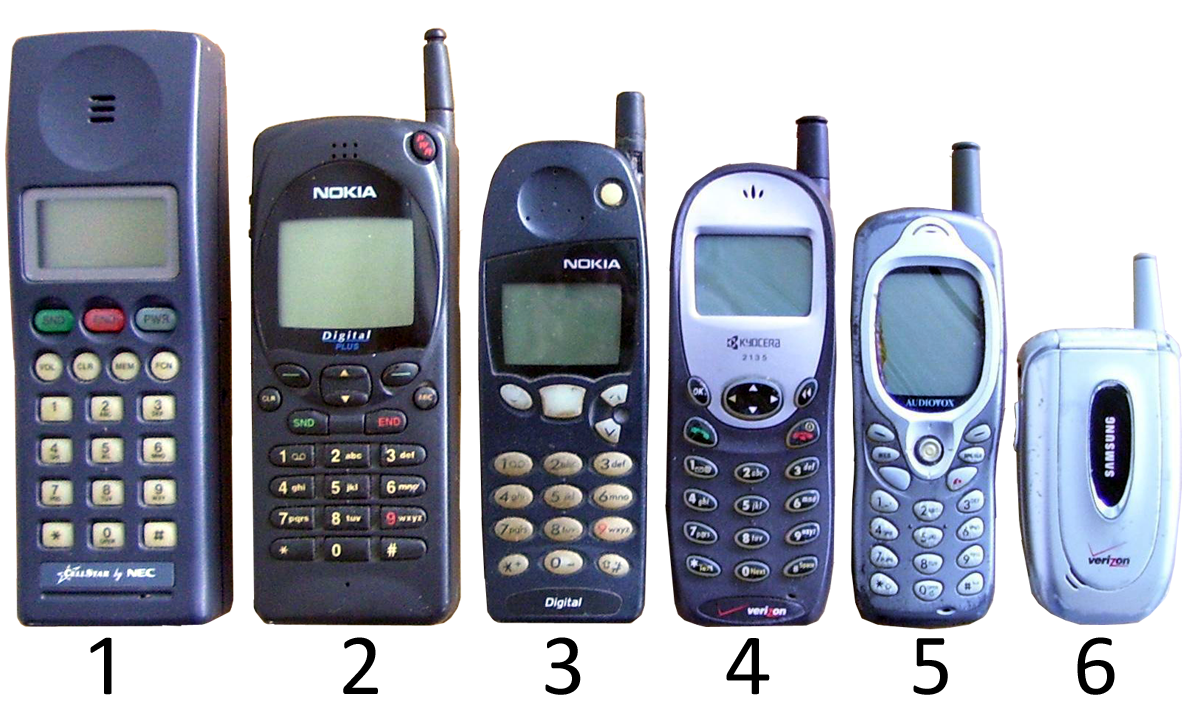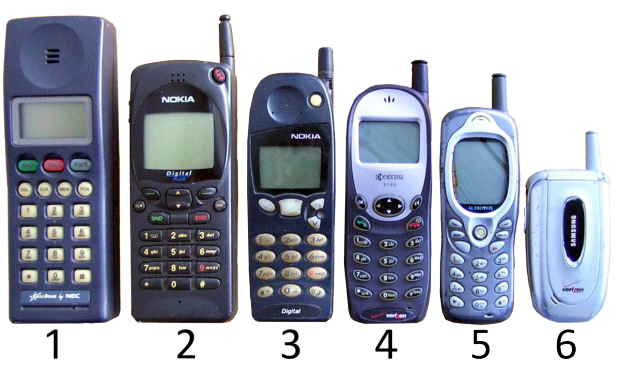
Phone revolution
Foreign journalists love to take pictures of people on the streets of Pyongyang (preferably nice looking and smartly dressed women, of course) busily chatting over their mobile phones. Indeed, the penetration of North Korea by mobile technology as attracted much attention worldwide (not the least of which because mobile phones are seen as an embodiment modern technology and by extension, capitalism).
The arrival of mobile technology in the North was, and is an important change and is likely to produce numerous cultural and social consequences. It is often overlooked, however, that North Korea’s mobile networks (there are two, which we will see later) are only a part, if an important one, of a generally unnoticed communication revolution, which began to engulf North Korea in the early 2000s.
Generally speaking, all communist states in the Soviet era were remarkably indifferent to non-military communications, especially when the communication system in question served the interest of the common people. Long waiting lists for home telephones were the norm across the Communist bloc. However, even against such a background, North Korea was, as they often are, the exception the North Korean government has refused to publish any meaningful economic statistics since the early 1960s, it is difficult to quantify how many private phones existed in the state in the 1980s and 90s. Nonetheless, it is clear that for decades a home telephone was a very rare privilege, with only a select few in major cities enjoying the luxury. As a rule, until the late 1990s, one had to be a high-level bureaucrat to be eligible for a phone at home. Somewhat surprisingly, many North Korean cities had no automatic dialing as late as the 1990s: subscribers had to speak to operators and request manual connections.
I still remember recent times when a question regarding home telephones would nearly always elicit a big smile on the face of a North Korean: everyone knew it was a supreme luxury enjoyed only by the upper crust of society.
And then, things suddenly changed. The exact details of the transformation remain unknown and are likely to remain this way for the foreseeable future. Nonetheless, countless sources confirm that in the early 2000s North Korea engaged in a massive rollout of a nationwide phone network.
Within five or 10 years, a phone at home suddenly ceased to be a luxury (we are talking landline phones here, not mobiles). Most of my North Korean interlocutors, if asked nowadays whether they have a phone at home, responded matter-of-factly that course they had a phone. Otherwise, they explained, a professional and social life would be near impossible.
Once again, no official statistics are available, but it appears that within Pyongyang some 50-70 percent of households have a home phone line (not including mobile). In the countryside, the figure seems to be much lower, but still significantly higher than 20 years ago. One can estimate that 20-30 percent of households in periphery cities now have phones as well.
Gone are the days of phone operators. Automatic dialing now covers both local and long distance phone calls.
Of course, still being a very poor country, North Korea has to cut corners. For example, a significant number of home phones are so-called “dual phones” wherein one incoming line is shared by two different phones installed in two different flats or homes. In practice, this means that many North Korean families cannot use their phone when the neighbor is using theirs. This is a shortcut that allows city planners to increase the number of operational telephones with the half the lines than would normally be required. Interestingly enough, the same approach was also utilized in my childhood growing up in the Soviet Union.
The massive growth in the number of available phones led to the emergence of public pay phones. Such pay phones were rare until the 1990s, as in North Korean street payphones can only be used for outbound calls. Now, with the proliferation of home phone lines, pay phone use has increased substantially.
Merchant and market dealers of various kinds were predictably the first to acquire home phones, since communication has always been vital for any successful business. They are willing to pay bribes to jump the queue. However, in most cases, this is not necessary since phone numbers are officially allocated on a commercial basis: people willing to pay an established fee (equivalent to $100-200) would have phones installed in their homes more or less immediately.
And of course, the arrival of mobile technology made the communication revolution complete – even though, as I have said before, this was only a part of the communication revolution of the early 2000s.
North Korea’s first attempt to build a domestic mobile network took place in 2002 when a joint venture with a Thai-based company began to build the necessary hardware and sell services. Initially, they were quite successful, but this experiment ended abruptly in May 2004 when all mobile phones were abruptly withdrawn from service.
It is widely believed that this sudden U-turn was provoked by a massive explosion at Ryongchon Station the month prior. This explosion was believed to be an assassination attempt as it happened just after Kim Jong-il’s heavily armored train passed through (at least Kim himself, as we know from Wikileaks documents, was certain that the powerful explosion was indeed an unsuccessful assassination attempt). According to rumors, the explosion was triggered by a mobile device, leading to their immediate ban. This story has been repeated frequently but it makes sense to remember that it remains a rumor. The real motivations for the 2004 discontinuation of mobile service are still unknown for sure.
Admittedly, mobile phone service was not discontinued completely. As I discovered in 2007, through a well-informed source in Thailand, at the time there were about 400-450 mobile devices still active on the North Korean network. These were obviously used by top officials.
In 2009 that nationwide mobile network was revived by the Egyptian company Orascom. It established a joint venture (known as Koryo Link) with the North Korean government and made massive investments into the Northern mobile network. At present, there are over 3 million signed agreements (as we will soon see, the true number of subscribers is significantly lower than the number of signed agreements).
Orascom suffered what seems to be a nearly unavoidable fate of a truly successful foreign investor in North Korea: it was ripped off by its North Korean partners with full support from Pyongyang. The Orascom case has been widely discussed thus there is no reason to delve further into it, but suffice it to say the North Korean government barred the company from repatriating a single cent made in the country, and kicked them out of the country.
As part of efforts to squeeze Orascom, the North Koreans established an additional network known as Kangsong. The exact background of the network is unknown, but it went online in 2013. Its phone numbers start with 195, thus easily distinguished from Koryo Link numbers that start with 191.
Koryo Link’s payment system is quite remarkable. The basic subscription price is nearly 1,000 North Korean won (less than 15 cents according to a market rate). This amount buys 200 minutes of talk time. However, additional minutes are much more expensive: one must pay an equivalent of $10 per 100 additional minutes.
One can surmise that such a system was created to make phones available to as many customers as possible. However, like many economic schemes motivated by the good intentions of the government, it backfired. It makes perfect sense to have two, three, or even four phones once the 200-minute cap is reached. A subscriber can simply switch to another phone rather than buy more minutes. Technically only one phone is permitted per North Korean citizen, but in practice, this restriction is easy to bypass. People use family and friends, or pay a small amount of money to poorer North Koreans who are not interested in mobile phones anyway and thus are quite willing to allow a wealthier neighbor to use their name in return for a tidy sum of hard cash.
This system of fees used by both phone companies ensures that the actual number of subscribers is significantly smaller than the number of existing agreements.
One thing is certain, however: North Koreans began to talk to each other on a hitherto unimaginable scale. Most of the things they discuss, whether on home phones or mobile, is largely benign conversation about business or personal life. However, the ability to communicate on such a wide scale means that horizontal relations between North Koreans are growing fast.
This is indeed a new situation creating significance consequences for the near and long term future.



